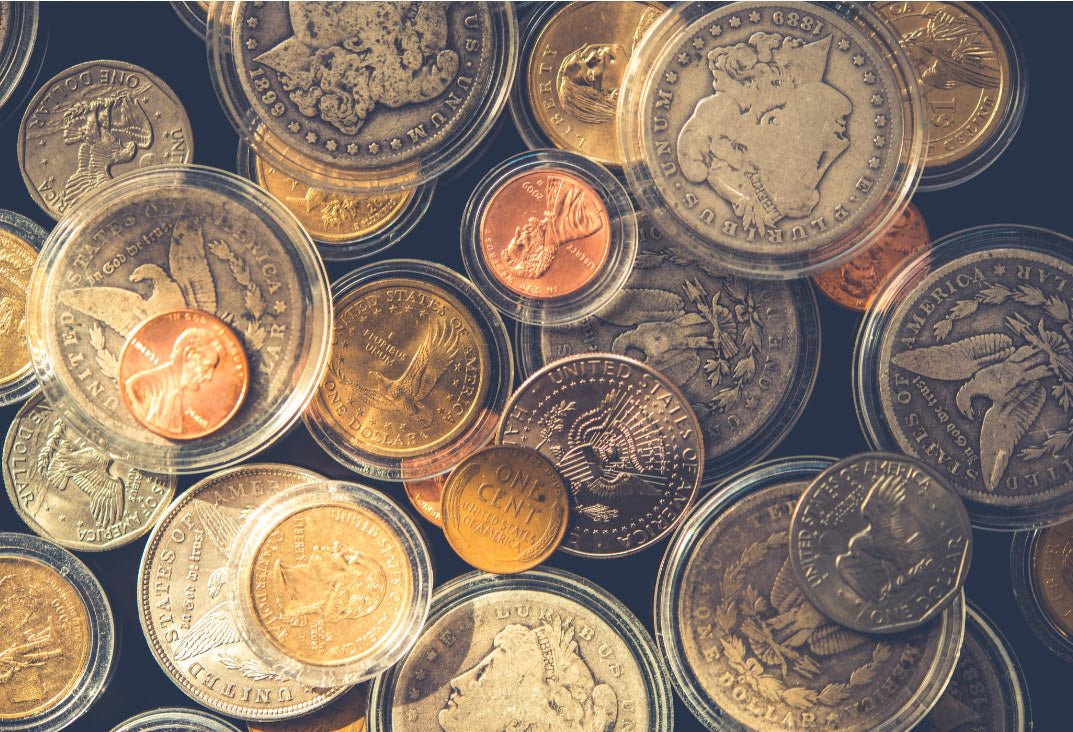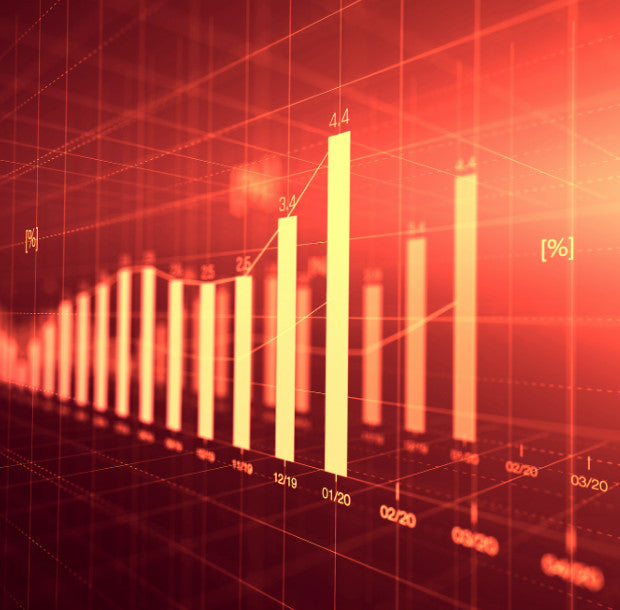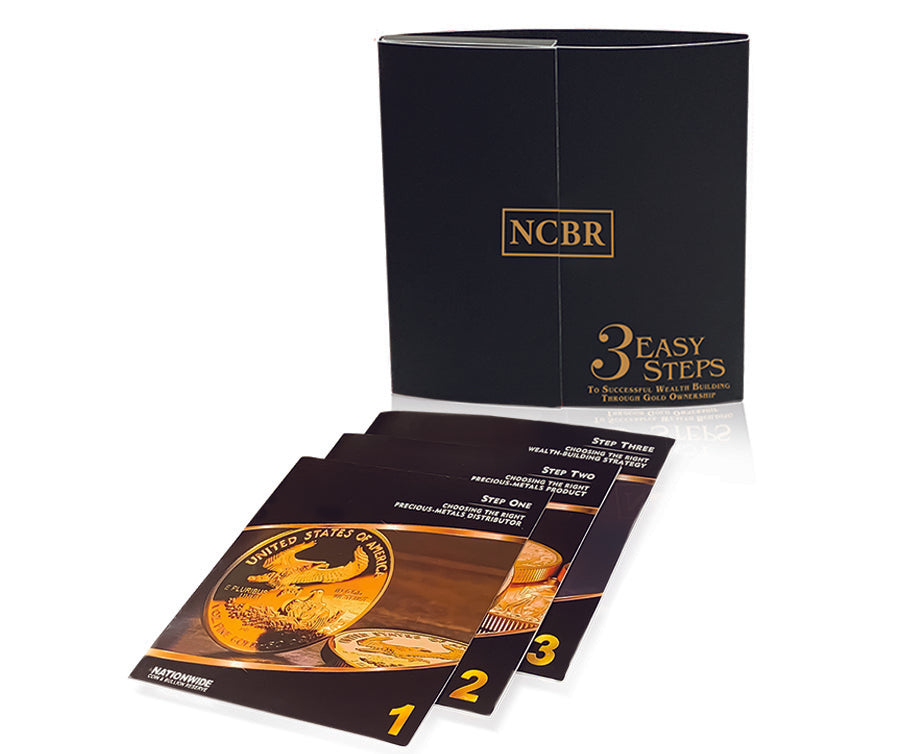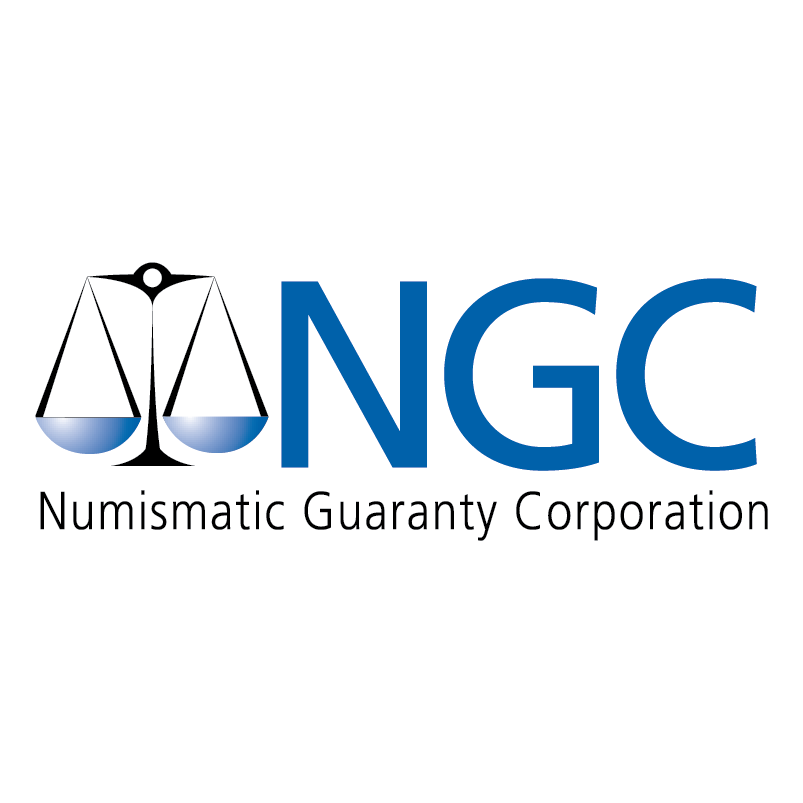Like so many collector’s items, rare coins are often worth more money than their face value. Consider other collector’s items like baseball cards, action figures, and comic books. In all of these scenarios, the rarest items are typically the most valuable. The same is true for rare coins, particularly those in pristine condition. The more difficult question to answer is, “how much more are they worth?”
The world of coin collecting is full of countless different types of coins, designs, and origins. Many of these specimens are considered rare, so it’s near impossible to specify precisely how much more valuable a specific rare coin is than its more commonly available version.
Like any item of value, rare coins’ value depends on several different factors like condition, how rare it is, and how in-demand the coin is. This makes it challenging to provide an exact ratio or estimation of how much more monetary value that rare coins hold over common but similar coins.
An essential first step in valuing rare coins is understanding the individual value of specific pieces.
WHAT ARE THE RAREST COINS?
A brief list of the world’s most in-demand rare coins includes those listed below. These coins represent exceptional value and monetary worth, usually far greater than the range of other, more common coins that command a price considerably above their face value.
- 1344 Edward III Gold Florin
- 1913 Liberty Head V Nickel
- 2007 Queen Elizabeth II Maple Leaf Gold Coin
- 1787 Brasher Gold Doubloon
- Silver Flowing Hair Dollar
- 1822 Half Eagle Gold Coin
- 1907 Gold Saint-Gaudens Double Eagle High Relief
- 1804 Silver Dollar
- 1933 Double Eagle Gold Coin
- Certain Mercury Dimes
- 1849 Double Eagle Gold Coin
Although the cumulative list of rare coins is far longer than this brief synopsis, each of these specimens together makes up a robust list of some of the highest-priced coins, according to collectors. The same goes for the coins with the highest value. Although the entire list is long, we will see a great deal of overlap between the two.
WHAT ARE THE MOST VALUABLE COINS?
To further associate the world’s rare coins with those most valuable, it’s essential to go over a brief list of both. Some of the highest-priced coins include the 1794 Flowing Hair Silver Dollar, 1787 Brasher Doubloon, 1343 Edward III Florin, 2007 $1 Million Canadian Gold Maple Leaf, and 1913 Liberty Head V Nickel. As you may notice, the overlap between the rarest coins and the most valuable is extensive. This indicates that, in general, rare coins are more valuable than those that are in circulation in even small quantities.
To start, the 1794 Flowing Hair Silver Dollar currently sits as the most valuable coin in the world. Having been auctioned off for slightly more than $10 million in 2013, only 1,800 of these rare coins were minted. In this example, the converse relationship between rarity and value is clearly exposed.
The 1787 Brasher Doubloon inched towards the Flowing Hair Silver Dollar value in both 2011 and 2018. It has been sold for about $5 million and close to $7.4 million on separate occasions. It has again served as a prime example of rare coins being of utmost value to collectors.
A final example of this unsurprising relationship between rarity and value is in the rare 1913 Liberty Head Nickel sales. Despite its mere 5-cent face value, this nickel has sold at auction for an impressive $3.1 million.
HOW TO SPOT A RARE COIN
Having a more definitive understanding now that rare coins are highly likely to be worth more money, it’s essential to know how to spot a rare coin, whether in your pocket change or through an expert.
The formal definition of rare coins is those minted in large quantities for mass circulation or those that, for whatever reason, only exist today in minimal amounts. To better spot these coins, it is important to educate yourself on the proper steps to take. These include taking the time to closely examine the piece, look through a coin book, conduct further research, and consult with an expert that you trust.
In terms of those rare coins that you might spot in your daily pocket change, there are a few that, although rare, are worthy of looking for in the coins you come across. These include the 1969-S Lincoln Cent with doubled die obverse, 1970-S Small Date Lincoln Cent with doubled die obverse, 1972 Lincoln Cent with doubled die obverse, 2004-D Wisconsin State Quarter with an extra leaf in its design, among several others.
Despite their face value being much lower, these rare coins are valued at thousands of dollars depending on their condition. Each also comes with strategic guidelines on how to spot them. Familiarize yourself with these, and you may find yourself turning what appears to the untrained eye as a generic penny or quarter into thousands of dollars.
WHERE CAN YOU FIND RARE COINS?
Whether you are interested in getting your hands on certain rare coins valued at top dollar, you’re hoping to get lucky, or are looking to sell any pieces you already have in your possession, there are some steps to take to begin that process.
For starters, consider attending coin auctions. Even if you’re not yet prepared to make a purchase, seeing the process in action and being aware of what to expect will help you gain the necessary knowledge in the long run.
Another helpful tip is to consider seeking out a mentor or expert who can advise you as you venture into numismatics, another name for coin collecting. These relationships can be beneficial for several reasons. Someone with expertise and your best interests in mind will help you learn when opportunities for rare coin purchases are worth your time and expenditure. They can also help you learn how to spot rare coins.
Some alternative routes to coin collection require more luck. Diligently sorting through the change in your possession and any new change you acquire is one option. You might even consider turning in cash at the bank for coin rolls. You lose no money in this process and could potentially get lucky with what you find.
Above all, educate yourself on current trends, like the increasing demand for rare silver coins. Understanding that generally speaking, rare coins hold a higher value than those that are more common is simply the first step in a much larger education about numismatics. Because the range of values is complex and vast, take the time to learn more about coins that you may already have in your pocket change. Then research the ones you would like to find. You never know what you might find in the world of numismatics!
Real Time Precious Metals Data Below







